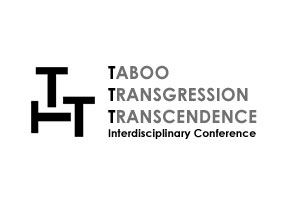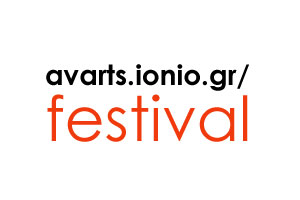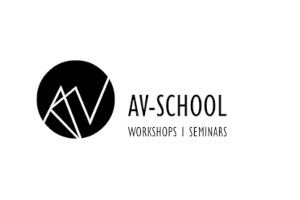The integration of mathematics into art education offers a unique opportunity to enhance students' understanding and appreciation of both disciplines. By examining mathematical structures that underlie artistic composition, students can develop a deeper awareness of the connections between creativity and logic. This interdisciplinary approach highlights the role of mathematics in shaping artistic expression, demonstrating how mathematical structures contribute to the visual and structural aspects of artworks. In this study, we explore the intersection of mathematics and art using GeoGebra, a digital tool that enables the visualization and manipulation of mathematical functions. Specifically, we examine an activity conducted by first-year students of the Department of Audio & Visual Arts, Ionian University, Corfu, Greece, within the framework of the course Mathematics and Art. The project involved the reproduction of selected paintings by the Greek artist Yannis Moralis using GeoGebra, mathematical functions, and their graphical representations. The primary objective was to illustrate the role of mathematical principles in artistic creation and to foster an interdisciplinary learning experience.
The mathematical foundation of this project relied on concepts familiar to students from their prior education, particularly first- and second-degree polynomial functions and their graphical representations. These functions provided the basis for recreating the geometric and structural characteristics of Moralis’ paintings. By engaging in these mathematical principles in an artistic context, students were encouraged to view mathematics as a creative and dynamic discipline rather than as a rigid set of abstract rules.
Digital technologies have significantly transformed both artistic and educational practices, providing new methods for engaging with mathematical concepts. GeoGebra, an open-source platform that integrates geometry and algebra, has proven to be an effective tool for visualizing mathematical structures in real time. Its interactive environment allows users to experiment with complex mathematical functions and explore their graphical representations dynamically. In an educational setting, GeoGebra enhances learning by providing students with immediate visual feedback, enabling them to develop a more intuitive understanding of mathematical transformations.
One of the main motivations behind this study was to address the challenges that many students, particularly those from humanities-oriented backgrounds, face in understanding mathematical concepts. Traditional mathematics instruction often fails to engage students who do not immediately see the relevance of mathematical principles to their fields of interest. By integrating art as a motivating factor, we sought to investigate whether students' attitudes toward mathematics could be positively influenced. We were particularly interested in understanding how interdisciplinary approaches impact engagement and comprehension when mathematical content is presented dynamically through technology.
The structure of this paper is as follows: First, we present the theoretical framework that underpins this project, highlighting the significance of interdisciplinary approaches in education. We then describe the methodology, detailing the activity conducted within the GeoGebra environment and the process of reproducing artworks through mathematical modeling. Following this, we analyze student engagement and learning outcomes, discussing the impact of the activity on students’ attitudes toward mathematics. Finally, we conclude by considering the broader implications of this study for educators and artists, emphasizing the potential of digital tools to bridge the gap between mathematics and artistic creativity.
We hope this study will help improve students' attitudes toward mathematics by fostering a deeper understanding of both disciplines, highlighting the creativity in mathematics and the inherent structure in art. Additionally, we believe it can benefit mathematics teachers by providing opportunities for innovative classroom interventions and discussions on interdisciplinary teaching approaches. Furthermore, the accessibility of GeoGebra enables artists from diverse backgrounds to create mathematical art without requiring extensive programming skills, promoting broader engagement in mathematical creativity.
Back





